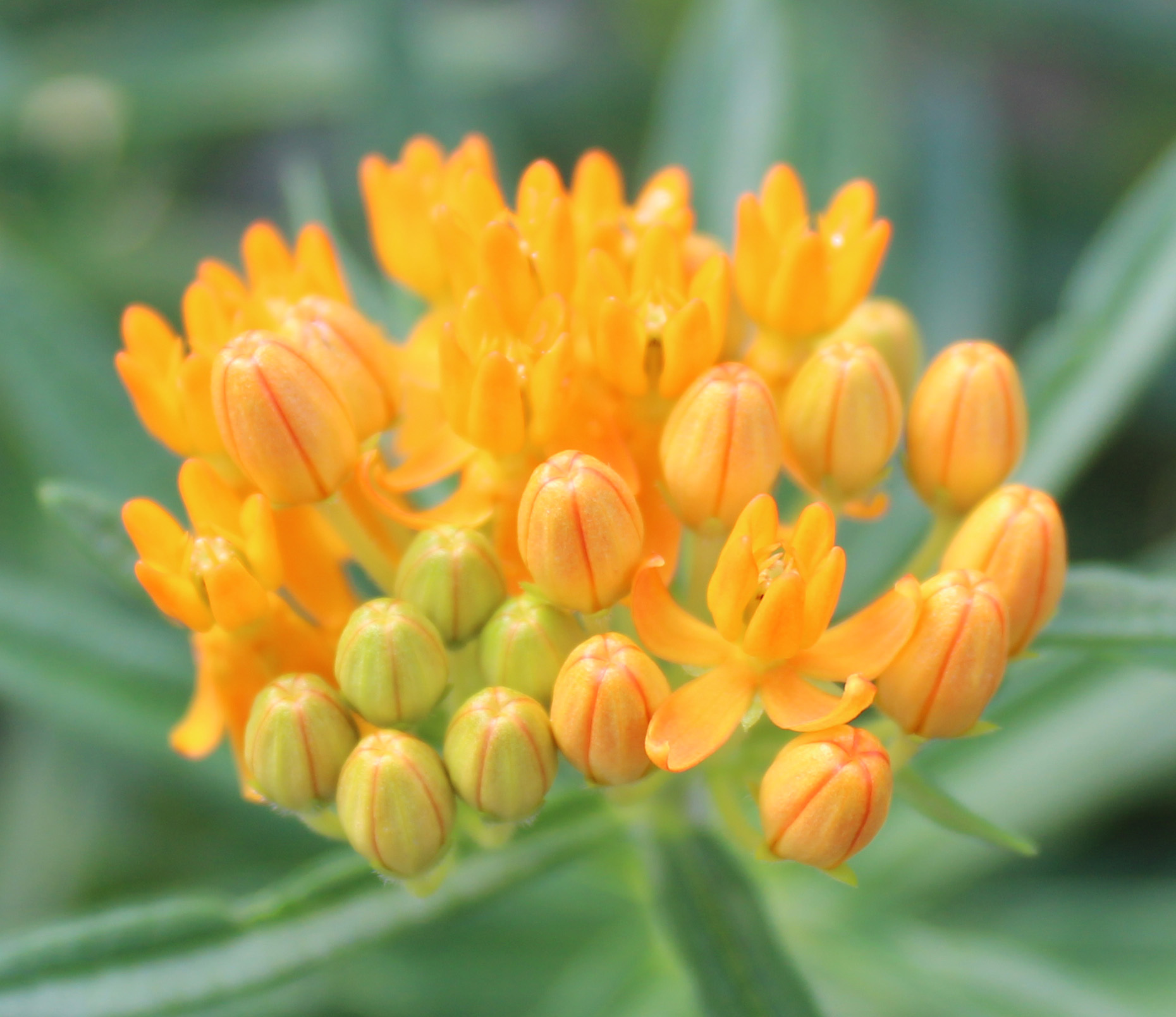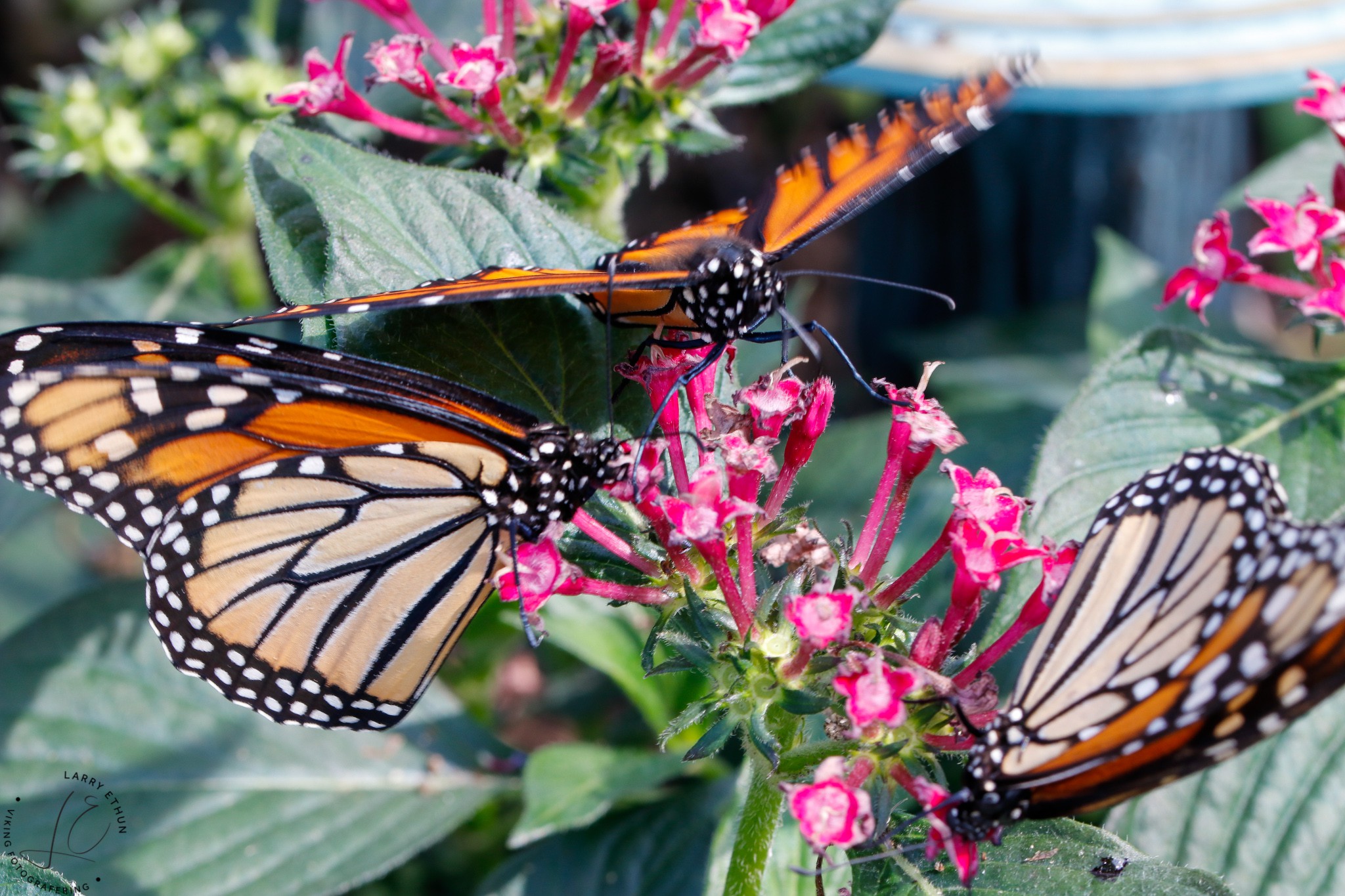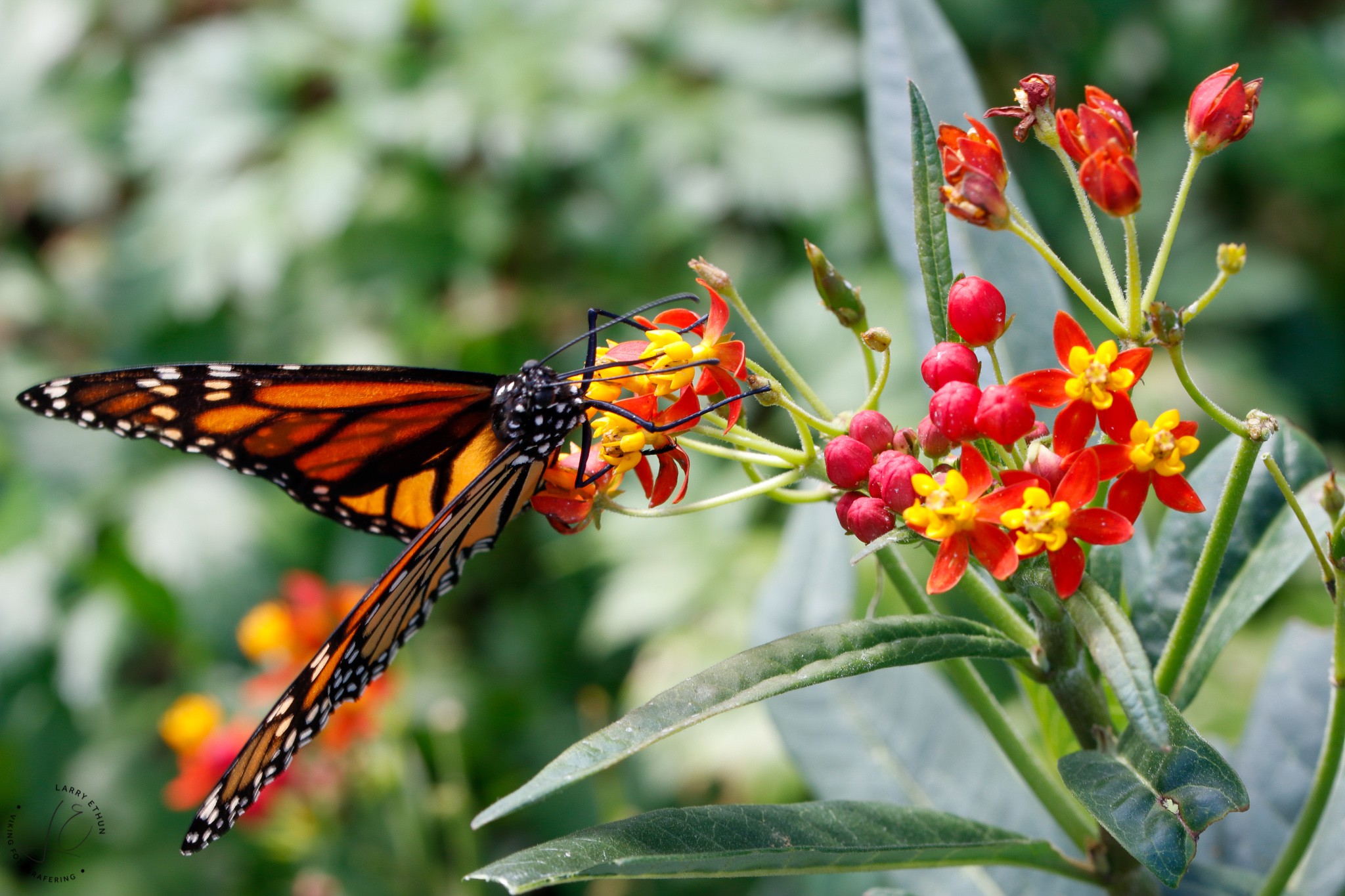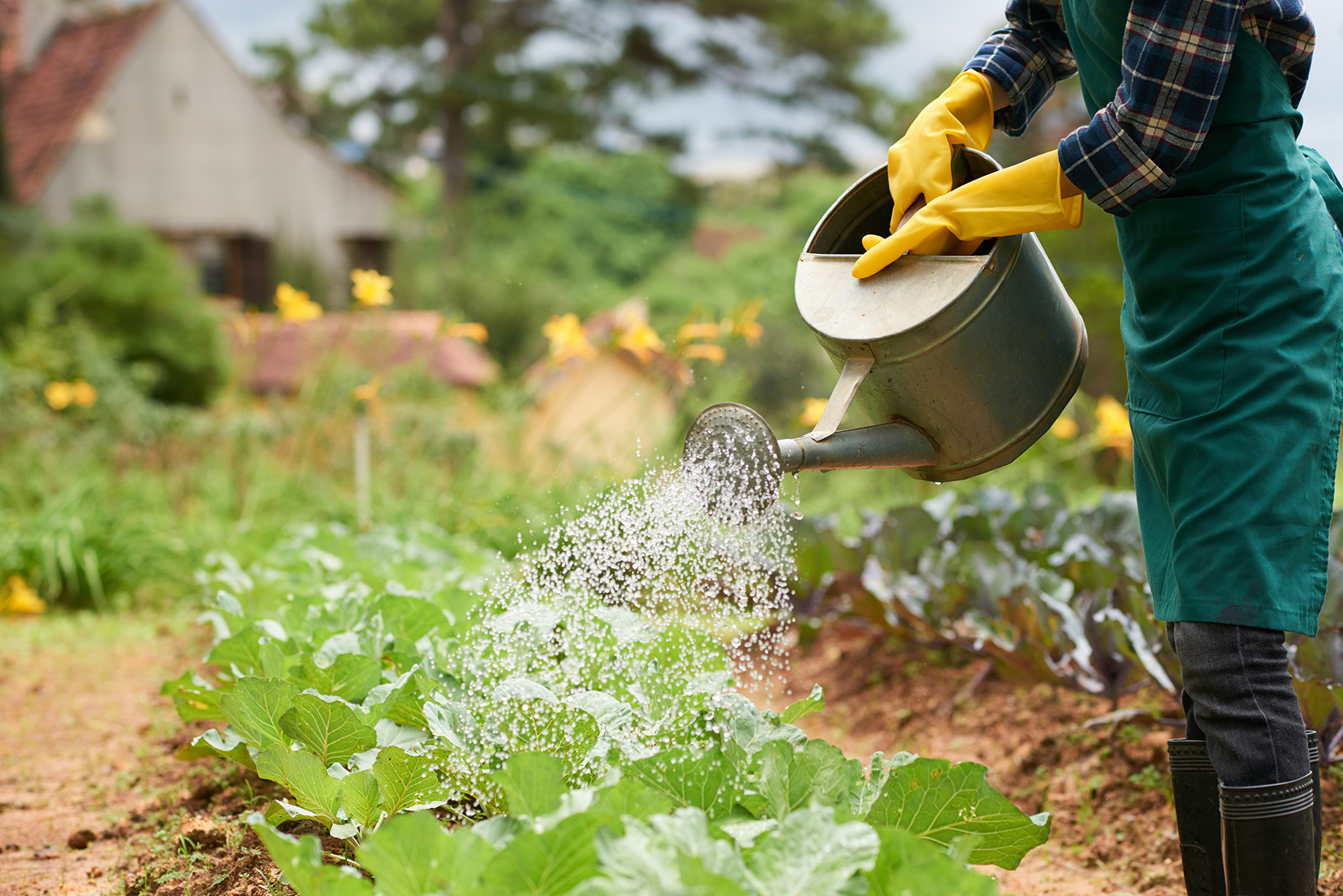Asclepias
Four species of native milkweed are found in most states: the Whorled Milkweed, Common Milkweed, and Swamp Milkweeds, and Butterfly Weed. They will thrive in a wide range of garden and meadow habitats from the eastern seaboard to the Rocky Mountains, including southern Canada. Plant milkweed in your meadow or garden to provide much-needed habitat and food for monarch butterflies, bees, and other beneficial insects.



